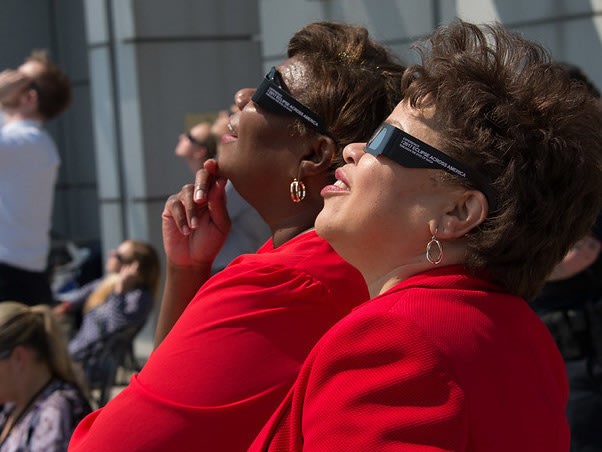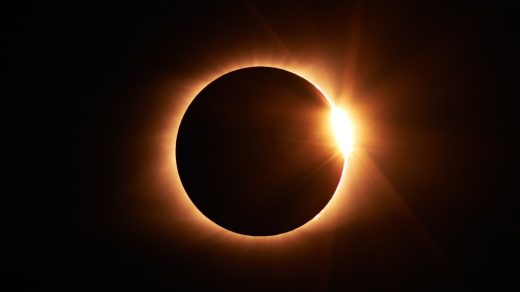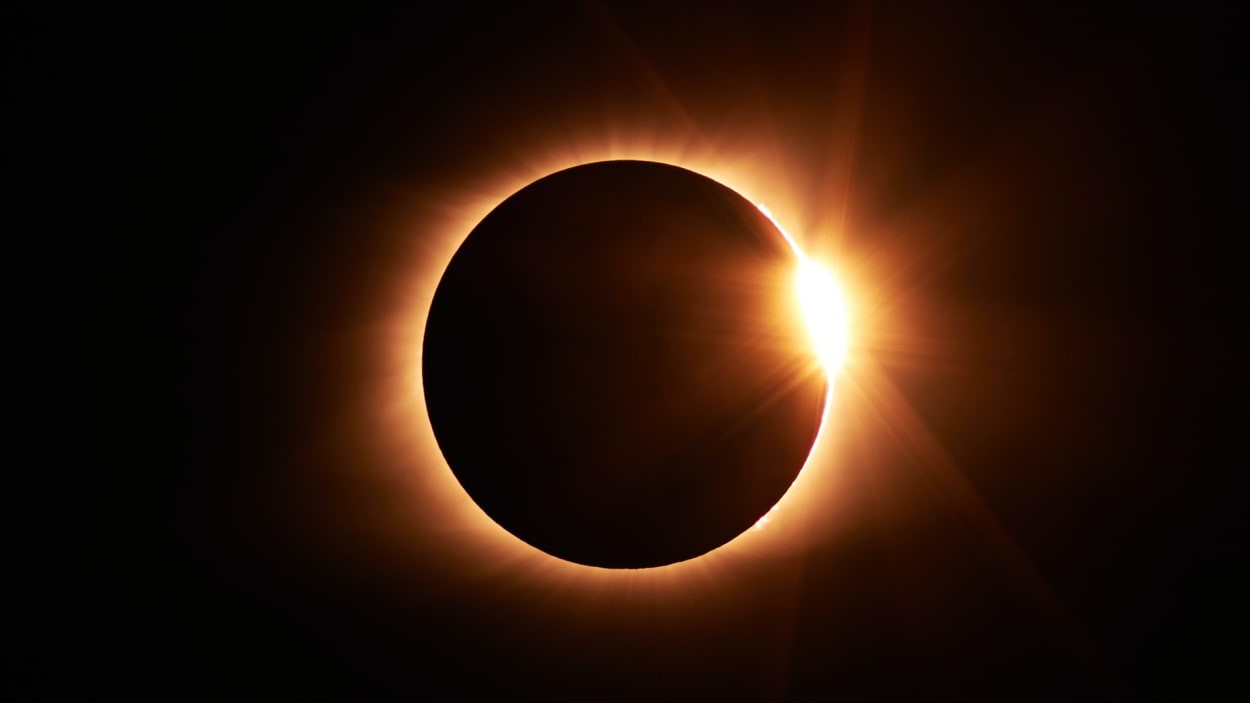Solar eclipse path 2023: This map shows where to see the ‘ring of fire’ across the United States
On Saturday, October 14, people across North and South America will experience an annular, or “ring of fire” solar eclipse.
An annular eclipse is different from a total eclipse, which occurred in North America in 2017 and will happen again next year. In any solar eclipse, the moon moves between the sun and the Earth, casting its shadow on a part of the Earth. This blocks the sun’s light and is what causes the eclipse.
In an annular eclipse, the moon is at its furthest point from the Earth in its orbit, and thus does not block all of the sun in our sky. That’s why it’s called a “ring of fire” eclipse—you can see the edges of the sun framing the moon (with proper solar protection, of course).
How to see the annular eclipse
While almost all of North and South America will see a partial eclipse, just a narrow swath of the United States, Mexico, Central America, and South America will see the full annular eclipse. In the U.S., it will start on the Pacific coast of Oregon and travel southeast to the Texas coast on the Gulf of Mexico.
If you aren’t in that narrow path of annularity, you can still see a partial eclipse across the United States. NASA has a fantastic interactive map called the 2023 Eclipse Explorer that will allow you to click on your own location and see when you might be able to witness a partial eclipse.
NASA will also offer a livestream of the annular eclipse if you want to watch from your computer, tablet, or phone. Just tune in to the livestream at 11:30 a.m. EST; it will run through 1:15 p.m. EST.
Proper solar protection is crucial
One important element of watching a solar eclipse is that proper solar protection isn’t just a good idea, it’s critical if you don’t want to permanently damage your eyes. Unlike during a total solar eclipse, it is never safe to look at the sun without proper solar protection during a ring of fire eclipse, even at the stage of annularity.

Additionally, if you want to photograph the eclipse, you will need a solar filter for your camera or phone.
If you live in the path of annularity, you can likely pick up eclipse glasses from your local library or drugstore. But if you’re ordering online, it’s important to note that Amazon and eBay are often filled with fake solar glasses. The American Astronomical Society provides a comprehensive list of reputable manufacturers of solar glasses, filters, and more.
(12)



